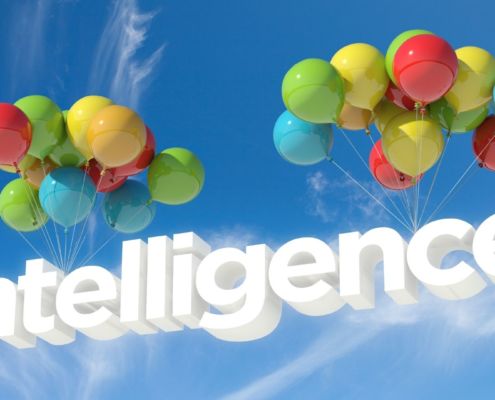
Value Chain Analysis | Do You Have a Competitive Advantage?
VALUE CHAIN ANALYSIS
Do you have a competitive advantage?
…

KAIZEN = Change for the Better through Continuous Improvement
KAIZEN
For over 14 years, I had the opportunity to lead a…

Quarter Two | Understanding Your Numbers
As we commence Q2 this week, an item to prioritize in your schedule…

Leadership and Coaching | Focus on Getting the Right Things Done
How do I focus on getting the right things done?
Do any of…

Positive Intelligence | Are you Achieving Your Full Potential?
The term Positive Intelligence or PQ refers to one's ability…

